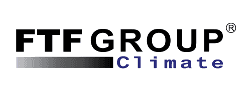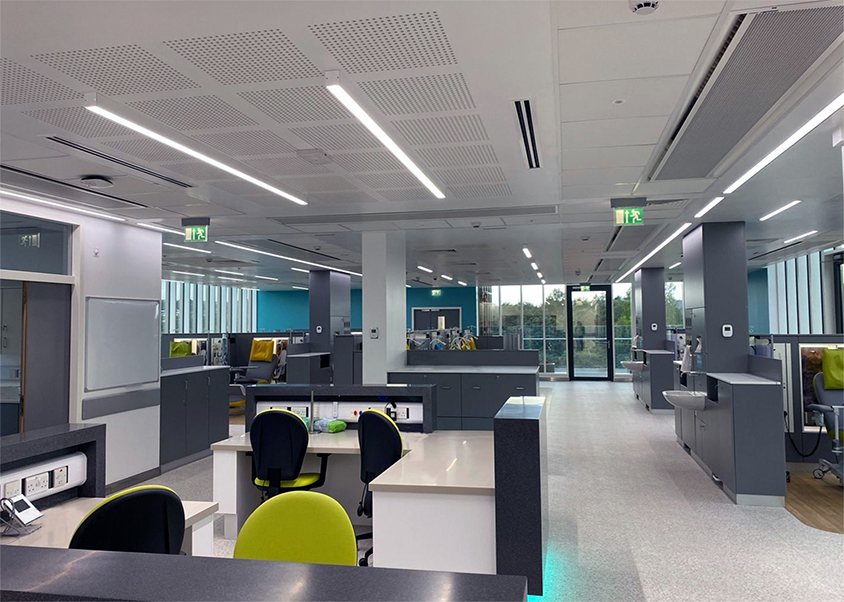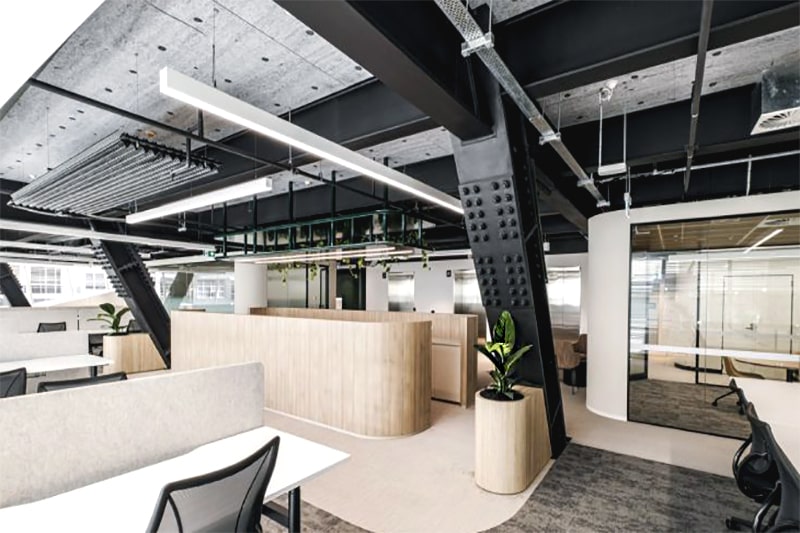Over 20 Years of Multi Service Chilled Beam Solutions

FTF Group supplied & installed the world's largest Chilled Ceiling (1.9millionft2) at the Shell Building in 1962.
Nowadays FTF Group manufactures Chilled Beam Technology and supplied & installed the world's largest Multi Service Chilled Beam (MSCB) project in 2007 (4,500 MSCB units) at 55 Baker Street.
MSCB units can utilize either passive or active beam technologies. They provide visually stunning yet 100% functional building services which are 100% pre-fabricated off-site in a controlled factory environment, thus significantly reducing the site installation programme. All services are 100% factory tested and delivered 'Plug n Play' to reduce on-site commissioning time.
Key Benefits:
- Ideal where floor-to slab height is minimal
- Low running costs - minimal maintenance requirements
- Delivers many services in a single unit - so reducing costs
- Optimum levels of occupancy thermal comfort
- Beam aesthetic can be customised to client requirements
Design Options
The following building services can be integrated within FTF Group MSCB's:
| Cooling | Heating | Electrical Compartmentation |
| Up-lighting | Direct Lighting | Emergency Lighting |
| Control Valves | Sprinklers | Acoustic Insulation |
| Smoke Detectors | Lighting Sensors | Distribution Ductwork |
| Fresh Air | PA/VA Speakers | Distribution Water Pipes |

There are several aspects of a "Chilled Beam System" that promotes a more energy efficient operation than other air-based HVAC solutions.
Chilled water is distributed to the chilled beams above dew point, typically at 57-62ºF to avoid the risk of condensation, whereas other HVAC solutions operate below dew point, typically at 43-54ºF.
Elevated chilled water temperatures (i.e. above dew point) offer two principal benefits in terms of energy efficiency:
- By operating the chiller plant at elevated temperatures, its coefficient of performance (COP) is increased & energy consumption reduced. The efficiency of the compressor can be increased by using a dry cooling system (inlet water 57ºF instead of 45ºF) with a percentage increase in COP of typically 22%.
- Elevated temperatures enable a significant increase in the opportunity to avail free cooling from sources such as outdoor air or groundwater heat sinks. That is an annual increase from 800 hours to 2000 hours for a 12 hour day & 2100 to 5200 hours for 24-hour operation.
Fan coil units and VAV systems rely on a fan assisted cooling distribution; that is each fan coil unit incorporates a fan. Active Chilled Beam systems utilize a centralized fan that delivers just enough air to meet respiratory requirements (or a little more in the case of some active chilled beam systems) with a consequent reduction in capital cost, electricity consumption, and maintenance cost.




